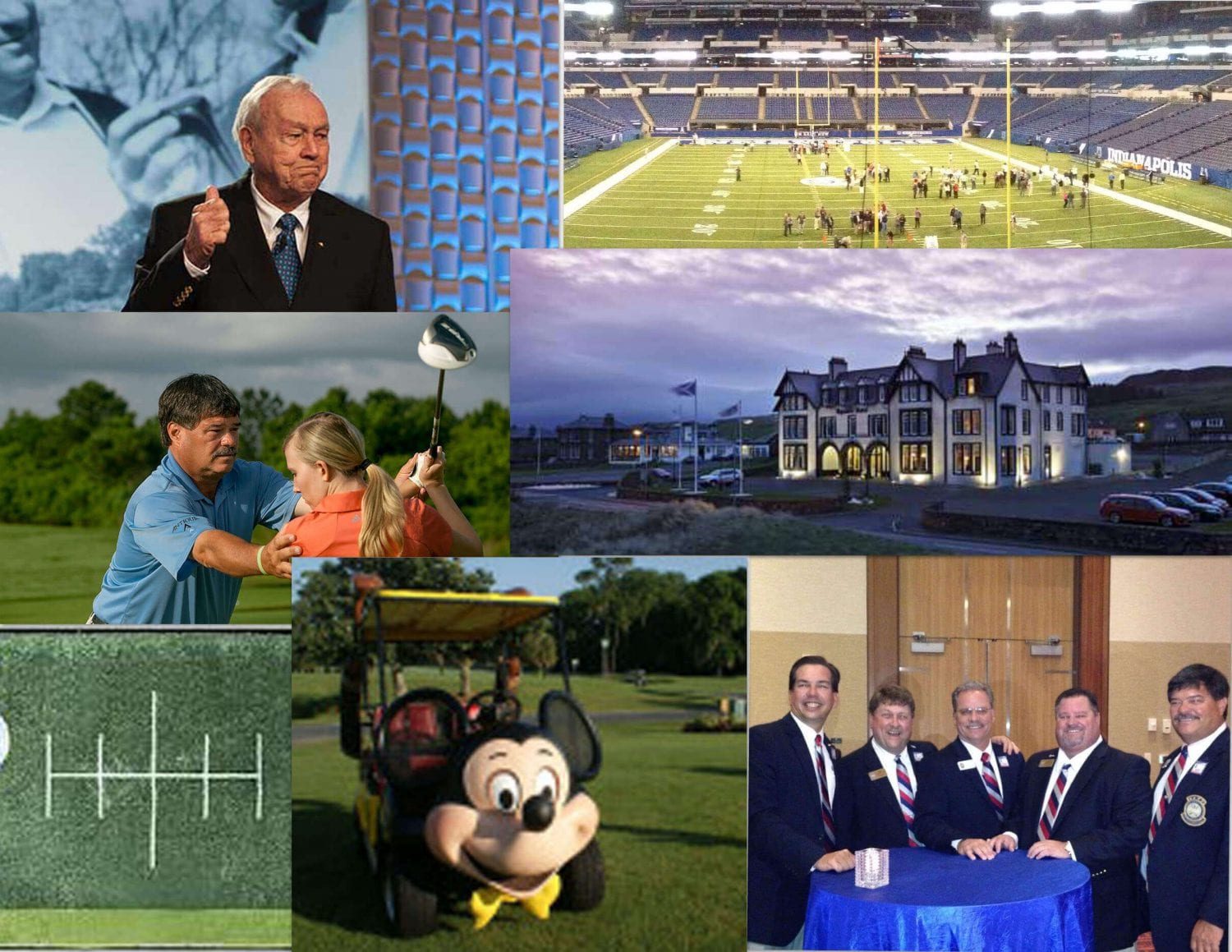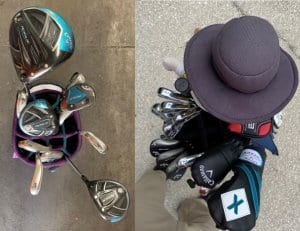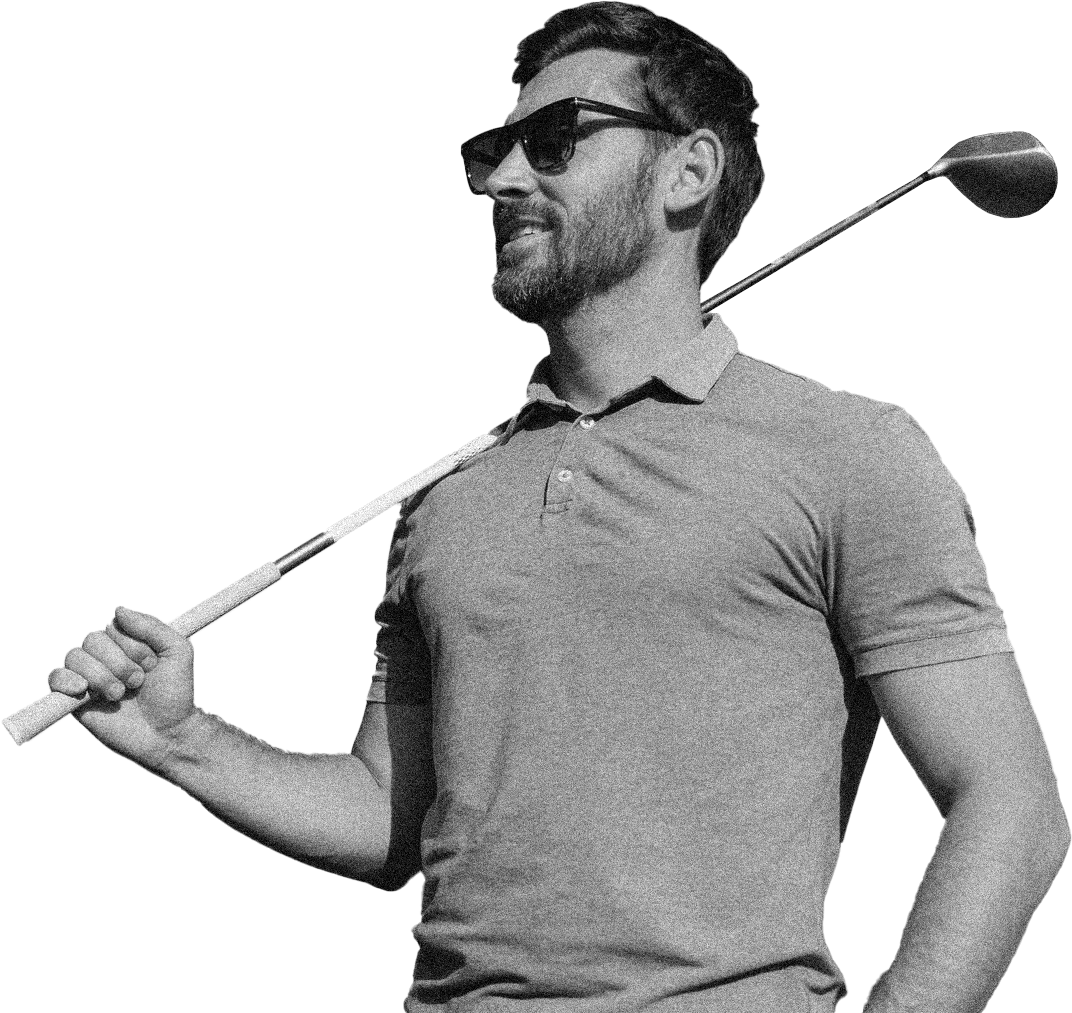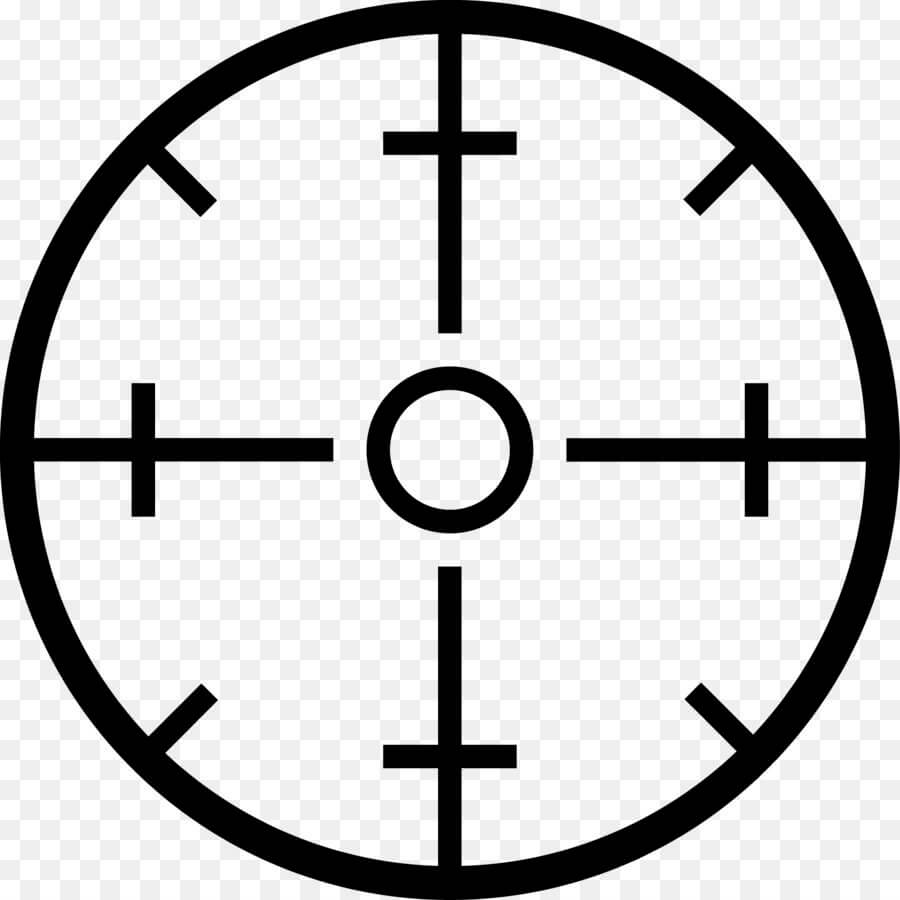5 Possible One Word Golf Answers to this Universal Phrase
And One Word You Should Always Avoid
You might remember this phrase from school, or from someone who had your best interest at heart.
If you aim at _______________, you hit _________________.
Can you fill in the blanks using only one word that you can use to improve your golf game?
There are at least 5 possible one word golf answers I can think of that fit the blanks of this universal phrase. I’m sure there are more, and I’d enjoy hearing your thoughts about which one word answers you think fit best. The 5 possible one word golf answers I describe below are meant to invoke a simplicity to your game, when you only have one word to think of when you make every swing.
The Story Behind the 5 Possible One Word Golf Answers
I recently was reminded of this old adage during an educational seminar where I was participating as a mentor. The facilitator of the seminar was speaking about career advancement within the golf industry and how you have to “plan to work and work the plan” when someone asked what they should be planning for. The facilitator’s answer was this phrase, with the same word filling in the blanks. As he made the statement, i thought of how true this phrase is in business and life, but of how true this phrase is on the golf course.
When I’m on the course with clients, I’ll often ask them “what are you aiming for?” I’ll receive a variety of answers but all add up to the same thing, the word that the facilitator used to complete the phrase. Most answers to this question are also somewhat vague and used in a general sense, which is okay. But if golfers came to realize how your eyes and brain work in unison to create physical motions that can accomplish almost anything, you too would start using more precise terms when describing what you are aiming to.
Let’s explore the 5 possible one word golf answers to this phrase I thought of and how each relates to improving your game, before providing you the one word the facilitator used as an obvious answer we should all avoid.
#1 – Aim at “High,You Hit “High”
There is some validity to using the word “high” especially if the pin is located above where your ball lies. Aiming at a higher target will allow your eyes and brain to automatically calculate the swing necessary to insure the ball lands on the green, versus coming up short. How many times have you aimed at a target short of the hole, with the hole located on an elevated green, only to have the ball land short of the green? The visual anomaly you create by aiming at a target much higher in your horizon provides the correct geometric correction to hit the ball with enough force for the ball to land on the green. Try this at the practice area before taking it to the course to find out how high you need to aim to make this work for you.
#2 – Aim at “Low,” You Hit “Low”
There is also validity in this statement, when it comes to trying to hit shots through a “low trajectory window.” Do you have the skills necessary to hit shots low, medium, and high, on command? If not, you’ll never advance your game far enough to compete at the highest levels. A simple starter drill to learn to control your shot trajectories is placing a “limbo stick” approximately 10 feet in front of your ball. The stick should be approximately 3 to 4 feet off the ground. With the same club, alternate hitting a ball below and above the stick, using at least 75% of the effort you normally use to swing. If you can not hit both a high and low trajectory shot at 75% effort, than gear your swing down in 5% increments until you can repeat this skill over and over again. Switch clubs and do the same thing, using every club in your bag. Learning to control your shot trajectory also helps you learn how to control the spin of your shots. In turn, controlling spin and trajectory equals controlling your distances, which all touring professionals do at a world-class level.
#3 – Aim at “Right,” You Hit “Right”
We’re not talking right or wrong here, but right of your target. For sake of space and your time, you can interchange the word “left” with this argument too. There is absolute scientific evidence that if you aim right, you’ll hit it right. But more importantly, your eyes and brain will compute a correction, or what we commonly refer to as a “犀利士
compensation” within your swing for aiming right of your target. If you consistently aim the same amount to the right with every swing, the compensation is easier to ingrain and chances are, you can play semi-consistently. But should the degree measurement of how far right of your target you aim changes with every shot, your brain can not consistently compensate your swing, leading to inconsistent ball striking and in turn, inconsistent shots landing almost anywhere. If you’re going to aim right, be sure it is always the same amount right, or left, so you have the best of chances to increase your margin of error.
#4 – Aim at “Big,” You Hit “Big”
Ever think of the fairway as a big field and there’s plenty of space for your shot to land? After thinking the field is wide open, has your shots ever landed no where near the field you saw? This is an example of aiming at a target that is way too big, regardless of your skill level. Besides, your eyes and brain do not like big targets, other than to reference big targets to big goals or aspirations. If you want to hit more fairways, you’ll have to aim small.
#5 – Aim at “Small,” You Hit “Small”
Your eyes and brain work much more efficiently when your intended targets are small and more precise. Take for example a dart board and throwing darts with your weaker hand. I conducted this experiment while working for one the golf schools I represented during my career. I asked students to throw multiple darts to a dart board using their weak hand. It was amazing to watch each student study how they held the dart, how their hand and arm had to function to bring the dart back and throw it to the board. About 35% of all darts thrown using the weak hand landed on the board. Needless to say, there were a lot of dart holes in the drywall at this golf school. I then asked each student to throw some more darts and use the bullseye as their only thought and target. To each student’s astonishment, all the darts they threw landed on the board, with quite a few close to bullseye. This example is the equivalent of an average golfer trying to hit a big target, thinking about all sorts of “swing thoughts” yet also thinking there is a wide margin for error. You can’t think about your swing and think about a big target all at the same time. But if you think about only the little target, the bullseye, chances are you won’t need a swing thought to achieve your goal.
What is the Ultimate One Word Answer to Avoid?
All of the 5 possible one word golf answers I supplied you have one thing in common besides being somewhat general or vague in description. They all provide a directional target or objective target that your results are measured by. So what is the ultimate one word answer you want to avoid using when filling in the blanks?
Nothing – If you aim at “nothing,” you hit “nothing.”
How many times have you asked yourself the question on the course, “why did that shot go there?” Its most likely because you were aiming at nothing. You can’t hit a high or low shot, a shot right or left, or a shot that comes close to any target without aiming at something. And the smaller the something you aim to, the better the results.
Conclusion
If you’ve learned “nothing” else from my 5 possible one word golf answers, you should learn that each shot you attempt must have an exact target. No matter the club, no matter the circumstance, no matter what hole you’re on, a small precise target provides your eyes and brain a visual reference to calculate the swing necessary to achieve the goal. Without a precise target, its like hitting a ball to a field just to hit the ball. This may sound over-simplified, but it works if you allow yourself the opportunity to try it.
In life and in business, aiming at something always leads to you achieving something measurable. Do so as you play golf and you’ll surprise yourself at how you can play the game now, without any improvement to your skills.






